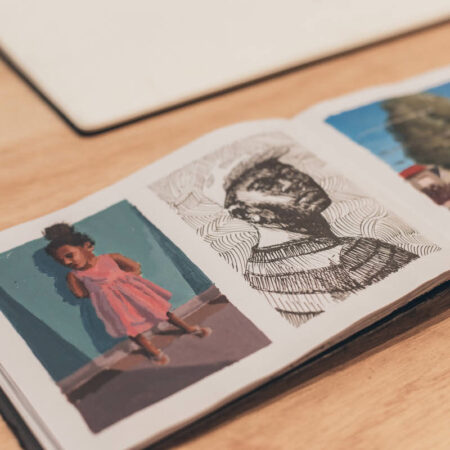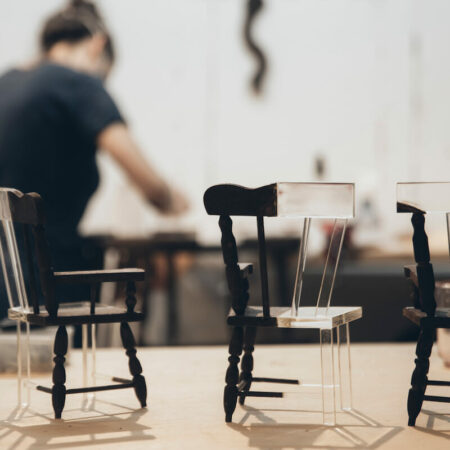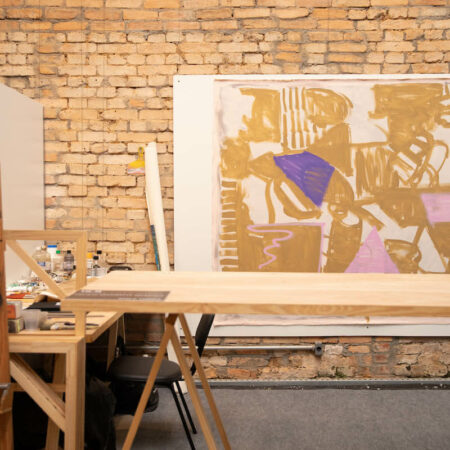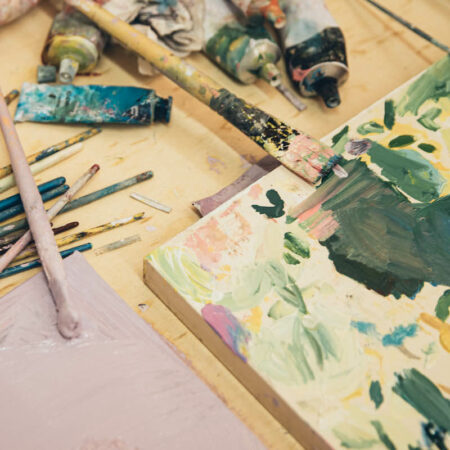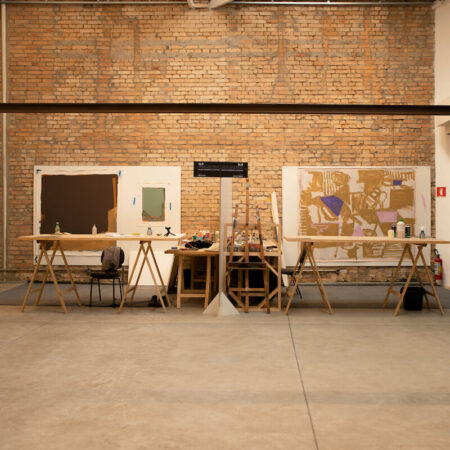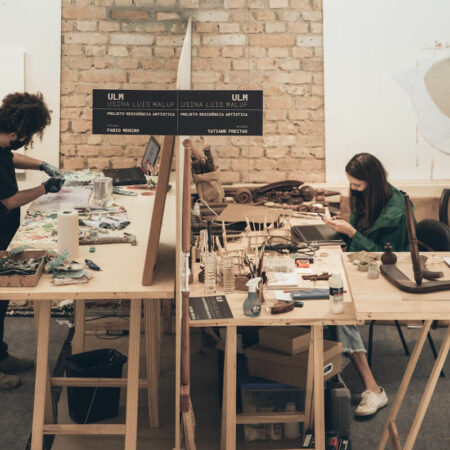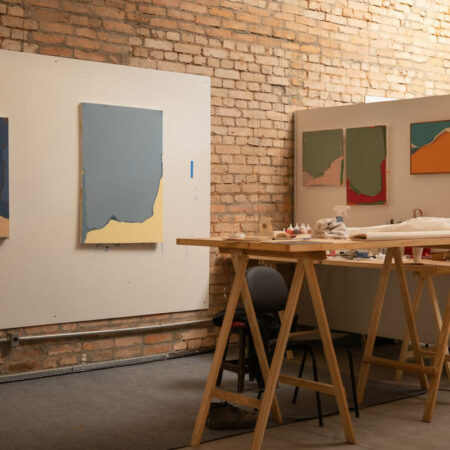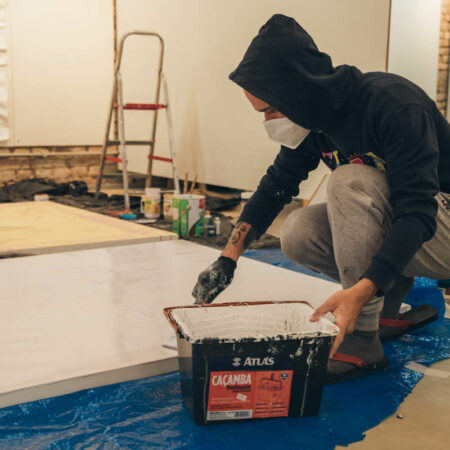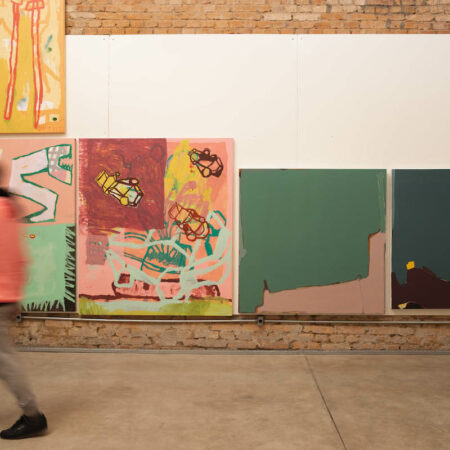São Paulo gets a new space for the arts: Usina Luis Maluf debuts with residency program for young Brazilian artists
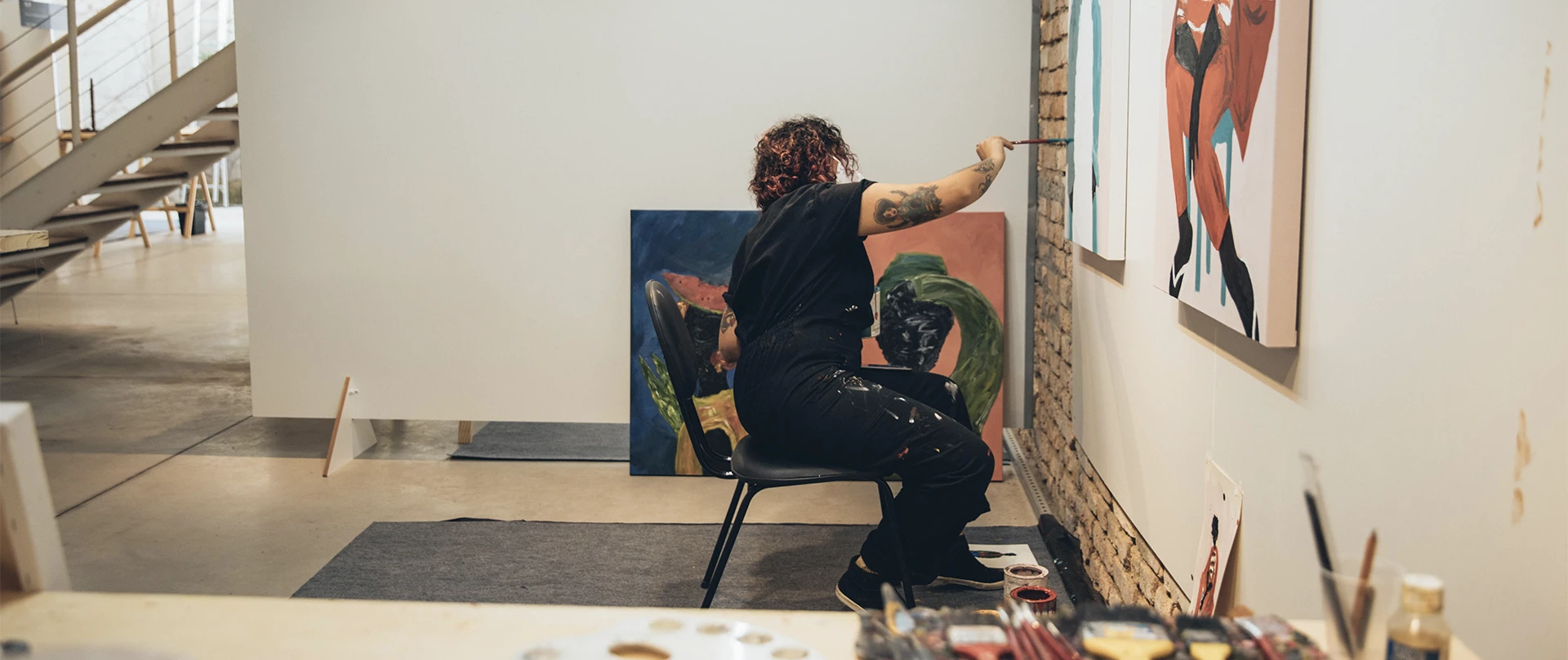
Installed in Barra Funda, in São Paulo, the new art space created by Luis Maluf debuts in the art scene with a residency program coordinated by the curator and researcher Carollina Lauriano and presents seven young artists. The space will also host exhibitions, social and educational activities, and events focused on culture and the plastic arts.
São Paulo has just gained a new space to promote culture in the heart of Barra Funda, one of the city’s most culturally effervescent neighborhoods. It is the Usina Luis Maluf (ULM), which debuts this June with an artist residency project coordinated by curator and researcher Carollina Lauriano. The program, an activity that inaugurates the ULM, aims to train young artists through the monitoring of projects and connections with professionals from the visual arts circuit in the country.
“The ULM residency project is born with the proposal to foster artistic production in our country and offer tools to these artists. Installed in Barra Funda, a region that has become a hub for the plastic arts, the ULM is a real plant, an environment for experimentation, a space where artists can develop new ideas or take projects off the paper with the critical and constructive monitoring of the multiple team that collaborates for the residence,” explains Luis Maluf, creator of ULM and founder of the Gallery that bears his name.
After the residency, which will continue throughout the second semester, the space will also be used for multiple and diverse activities related to the art world. Exhibitions, cultural and educational activities, projects designed for the local population, and workshops are some of the uses planned for the ULM.
The artist residency proposal, coordinated in this edition by Carollina Lauriano, is in line with the Usina’s proposals. Besides offering the physical space for their work, the seven young artists will have access to a career support that relates to other areas of the profession, such as enrollment in edicts, participation in auctions and/or contests, ways of establishing a proper relationship with galleries/curators of interest, among other activities.
The first group of residents is formed by the artists Aline Bispo, Apolo Torres, Clara Benfatti, Edu Silva, Fábio Menino, Mariano Barone, and Tatiane Freitas. For six months, they will be accompanied by Lauriano and a diverse team composed of artists and art market agents. “The power of the program lies not only in the exchange with peers, but also in the collective construction and in the contact with other curators and interlocutors,” reflects Carollina Lauriano.
Throughout the residency, those selected will participate in weekly activities that aim at their artistic-professional development, and at the end, they will exhibit their creations in an event that will be defined collectively during the process. This way, the Luis Maluf Plant consolidates its performance as an educational space and of social actions, developing artists for the several situations that arise in the daily life of these professionals.
For this first edition, Lauriano and Maluf elected artists taking into account their research based on painting, sculpture, installation and works of various languages, which point to the abstract and figurative. The public will also be contemplated by the actions of the residency through open activities, such as conversations with the artists mediated by the curator and other actions with dates to be announced soon.
At the ULM residency, each artist will have a specific space to make their works, with their own workbench and working materials. At first, the schedule of activities will be during business hours, which can be readjusted according to the needs of each one, depending on other works and extra activities. The plant follows a strict protocol to prevent the contagion and dissemination of Covid-19, such as alcohol gel distributed in the space, the mandatory use of masks and physical distance between participants.
São Paulo gets a new space for the arts: Usina Luis Maluf debuts with residency program for young Brazilian artists
Installed in Barra Funda, in São Paulo, the new art space created by Luis Maluf debuts in the art scene with a residency program coordinated by the curator and researcher Carollina Lauriano and presents seven young artists. The space will also host exhibitions, social and educational activities, and events focused on culture and the plastic arts.
São Paulo has just gained a new space to promote culture in the heart of Barra Funda, one of the city’s most culturally effervescent neighborhoods. It is the Usina Luis Maluf (ULM), which debuts this June with an artist residency project coordinated by curator and researcher Carollina Lauriano. The program, an activity that inaugurates the ULM, aims to train young artists through the monitoring of projects and connections with professionals from the visual arts circuit in the country.
“The ULM residency project is born with the proposal to foster artistic production in our country and offer tools to these artists. Installed in Barra Funda, a region that has become a hub for the plastic arts, the ULM is a real plant, an environment for experimentation, a space where artists can develop new ideas or take projects off the paper with the critical and constructive monitoring of the multiple team that collaborates for the residence,” explains Luis Maluf, creator of ULM and founder of the Gallery that bears his name.
After the residency, which will continue throughout the second semester, the space will also be used for multiple and diverse activities related to the art world. Exhibitions, cultural and educational activities, projects designed for the local population, and workshops are some of the uses planned for the ULM.
The artist residency proposal, coordinated in this edition by Carollina Lauriano, is in line with the Usina’s proposals. Besides offering the physical space for their work, the seven young artists will have access to a career support that relates to other areas of the profession, such as enrollment in edicts, participation in auctions and/or contests, ways of establishing a proper relationship with galleries/curators of interest, among other activities.
The first group of residents is formed by the artists Aline Bispo, Apolo Torres, Clara Benfatti, Edu Silva, Fábio Menino, Mariano Barone, and Tatiane Freitas. For six months, they will be accompanied by Lauriano and a diverse team composed of artists and art market agents. “The power of the program lies not only in the exchange with peers, but also in the collective construction and in the contact with other curators and interlocutors,” reflects Carollina Lauriano.
Throughout the residency, those selected will participate in weekly activities that aim at their artistic-professional development, and at the end, they will exhibit their creations in an event that will be defined collectively during the process. This way, the Luis Maluf Plant consolidates its performance as an educational space and of social actions, developing artists for the several situations that arise in the daily life of these professionals.
For this first edition, Lauriano and Maluf elected artists taking into account their research based on painting, sculpture, installation and works of various languages, which point to the abstract and figurative. The public will also be contemplated by the actions of the residency through open activities, such as conversations with the artists mediated by the curator and other actions with dates to be announced soon.
At the ULM residency, each artist will have a specific space to make their works, with their own workbench and working materials. At first, the schedule of activities will be during business hours, which can be readjusted according to the needs of each one, depending on other works and extra activities. The plant follows a strict protocol to prevent the contagion and dissemination of Covid-19, such as alcohol gel distributed in the space, the mandatory use of masks and physical distance between participants.
